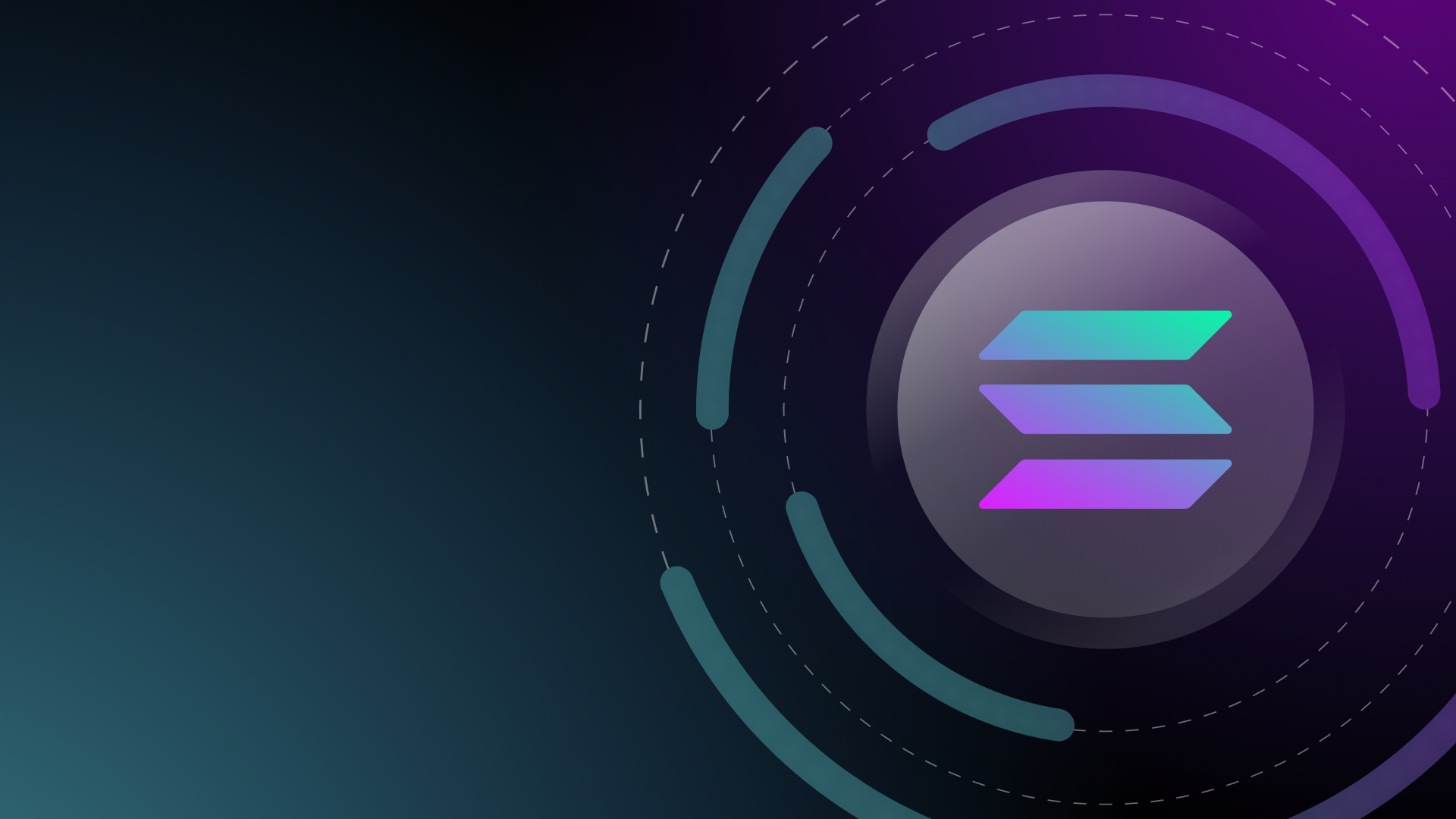Today’s Agenda
- Applications
- DeFi
- NFTs
- DAOs
- Permission
- Digital Renaissance
We’re covering lots of surface area here. Each of the topics listed below is entire sub-industries within crypto. While a growing number of people devote every day and every dollar to DeFi, NFTs, and DAOs, the segment of the population who is even aware of how to use them is still relatively small. As global adoption metrics, security practices, and education improve, that number will increase.
Applications
Other than on crypto exchanges, Blockchain applications are where most of the activity in crypto occurs. Apps are built directly on top of a blockchain and will utilize its settlement layer to perform their functions. They can be anything from a messaging service to a trading platform, and on-chain activity refers to transactions occurring across various applications on various blockchains. An on-chain transaction doesn’t always involve a transfer of value or funds. Trades can also relay messages, cast votes and serve other non-financial purposes.
There are thousands of apps built across dozens of blockchains, and most of their utility and function can be categorized into the DeFi, NFT, or DAO industries. Some apps help users earn yields of billions of dollars, while others are built purely to serve as infrastructure, such as bridges between different blockchains. New types of apps like Lens, an on-chain social network, and Rabbit Hole, an on-chain credentialing service, are taking off in popularity, and it will be interesting to see how burgeoning sub-industries like the digital fashion and decentralized science movements evolve. They’re similar to regular websites but use blockchains, a totally different framework than the regular internet, so their capabilities differ.
For the purpose of this course, you need to understand the following:
DeFi: Decentralized Finance
- This is a movement of software developers and financial engineers who are building permissionless and interoperable economic systems across many blockchains with the goal of increasing financial inclusivity while eliminating friction and barriers to entry. The engineering culture is open source and inspiring to many, so there has been an unprecedented amount of innovation compared to traditional finance (TradFi), which is full of closed-source systems and legacy infrastructure.
NFTs: Non-Fungible Tokens
- Verifiably unique tokens that represent digital ownership.
- Tokens that are not NFTs are many in number. Tokens that are NFTs are one of a kind.
- “There are 21 million fungible Bitcoins in existence.”
- Every USD is fungible with every other USD.
- You can trade 1 USD for 1 USD and 6.84 USD for 6.84 USD.
- NFTs Can be anything from a digital art piece to a representation of a real-world object or even an event ticket with unique features. They represent 1/1 items, be they digital or physical. A single Bored Ape Yacht Club NFT is the only one of its kind in existence in the same way that a piece of real estate is. So what if that real estate looks like everything else around it? It’s still one of a kind.
The Fallacy of Right Click & Saving
People love to ask NFT owners, “If I right-clicked and saved a screenshot of an NFT, wouldn’t that be the same thing as owning it?” That question is baseless, given the nature of owning digital assets on a blockchain, so it’s best practice not to ask it.
These apes are not being compared to the Mona Lisa but from a financial and philosophical perspective – owning a copy of the Mona Lisa is not the same as owning the Mona Lisa. The above question becomes incredibly hackneyed when you consider that NFTs can represent real-world assets.
Propy, for example, lets you tokenize the deed to your house and sell it on a blockchain as an NFT. No 30-day closing period is required.
DAOs: Decentralized Autonomous Organizations
- DAOs are an experiment in social governance structures. They intend to offer a more egalitarian and horizontal approach to company formation and community management.
- Each DAO serves different purposes and has its own internal processes. The function of most common DAOs ranges from severe use cases like voting on updates and new developments of apps (like UniSwap) to comedic and viral concepts like pooling funds to buy an NBA team (KrauseDAO).
- DAOs enable token holders to draft proposals to be voted on by the community, like this one for Gitcoin. The infrastructure to do this is a growing field of crypto and is the source of a large amount of developer activity.
- DAOs may vote on how treasury funds are managed, which NFT or tokens are invested into, roles and responsibilities within the DAO, and how to handle any internal conflicts that may arise.
Blockchain applications that fit into these three categories include even more sub-categories than what’s been listed. Still, for the scope of the next chapter, we’re focusing on DeFi applications – in particular, DEXes (Decentralized Exchanges). DEXes are an aspect of the DeFi world that enables, here’s this word again, permission-less transactions of digital assets. The way they do so is relatively complex, so we’ll deal with that in another course.
Let’s discuss why this concept of permissionlessness keeps coming up.
Permission
The idea of asking for permission to make a transaction sounds a bit odd, but it is what 99.9% of the world is doing. The other 0.1% is taking part in DeFi or a barter network.
In a barter network, you act within a P2P (Peer to Peer) framework with no central intermediary. If I have 10 chickens but want 1 cow, and you have 1 cow but want 10 chickens, and we both value 10 chickens per 1 cow, I can trade my chicken to you for your cow, and we’ll both be happy. DeFi enables this same P2P framework but in the context of digital assets.
Let’s take the DEX mentioned above example. DEXes enable the permissionless transaction of digital assets by implementing liquidity pools. Liquidity pools are effective services governed by on-chain software that facilitate the transfers of liquidity, or on-hand capital, that traders can use to make trades.
There is no company and no CEO involved with any transaction on a DEX, so no company or CEO can stop any transaction. These liquidity pools don’t just close at 4 PM ET like the New York Stock Exchange does. They are 24/7 mechanisms that exist as long as the blockchain they are on exists. They are a series of processes, otherwise known as a protocol, and many can exist without human input or monitoring.
When compared to a CEX (centralized exchange), DEXes are revolutionary. Rather than deal with 5-10 various TradFi intermediaries to handle your funds and trade lifecycles for you, you can do it all on your own. These 5-10 intermediaries cause many issues that make finance less transparent, less democratic, and more counterparty-dependent.
Blockchains aim to eliminate this dependence by serving as immutable sources of record on which other applications, like DEXes, can base their activity. The DEX doesn’t have to worry about who’s in the custody of your assets because only you can be unless you lose your mnemonic/recovery phrase.
Regulatory Uncertainty and Counterparty Risk
In TradFi, your location may restrict you from accessing certain services, like crypto derivatives in the USA. US crypto traders are given a different opportunity than non-US crypto traders, and the reasons behind that are reasonably nuanced. Long story short, US agencies like the SEC are not transparent with their opinions. As a result, crypto exchanges want to avoid getting in trouble in the future, so they generally don’t offer derivatives or as many token listings in the US as they do internationally.
This regulatory framework ultimately hurts US investors as they are left with a small selection of tokens to choose from and disingenuous public market instruments like an ETF of futures contracts following BTC’s price. The regulatory uncertainty also impacts the country’s economy as a whole, as developers and other human resources are gravitating towards and generating economic value in regions with favorable regulations. This concept, known as jurisdictional arbitrage, is a growing trend in this digital age. It’s an example of a second-order effect of slow and backward policies.
If your location doesn’t seem like an issue in your investing activities, you still have a lot to deal with. The grossly misrepresented and excessive counter-party risk in traditional finance became evident throughout the 2008 financial crisis. Of course, many factors were at play, but there’s no doubt that the contagion of collateralized debt obligations, worth around $2 trillion, set the recession in motion. This debt, secured against thousands of low-quality residential mortgages that ultimately defaulted, generated enormous counter-party risk that the system could not handle when the music stopped.
In other words, there were massive checks but no balances.
Reserve Currencies & Unprecedented Territory
The global monetary system is inconsistent. Evidence of that is new international reserve currencies come about every few centuries. Billionaire investor and Bitcoin advocate Ray Dahlio – among others, theorizes that the current reserve status of the USD is declining and that other currencies will rise in global prominence.
While compelling, this theory stands in contention with other geopolitical commentators such as Peter Zeihan, who refers to falling populations and supply chain issues halting the advancements of many emerging markets over the next century. Peter argues that the global macroeconomic environment has moved into an unprecedented territory and that the previous framework won’t accommodate what will happen. Also compelling.
Who’s to say the next global reserve currency isn’t going to be a decentralized one?
Digital Renaissance
What’s happening in crypto is being described as a digital renaissance. People and companies now have the ability to take custody of their financial affairs in ways never before imagined. NFTs and DAOs are related to DeFi but are their own breeding grounds for different forms of innovation and creativity that are disrupting incumbent industries like art, real estate, e-commerce, gaming, governance, and investments.
The web is evolving.


